FAA Transponder Requirements Explained
Pilot Institute
DECEMBER 27, 2024
Lets break it all downwhat transponders are, how theyre used, and the rules pilots need to follow. Required in most controlled airspace and above 10,000 ft MSL. The code is manually set by the pilot using a selector switch in the cockpit. Take the time to know these systems thoroughly and be the best pilot you can be.

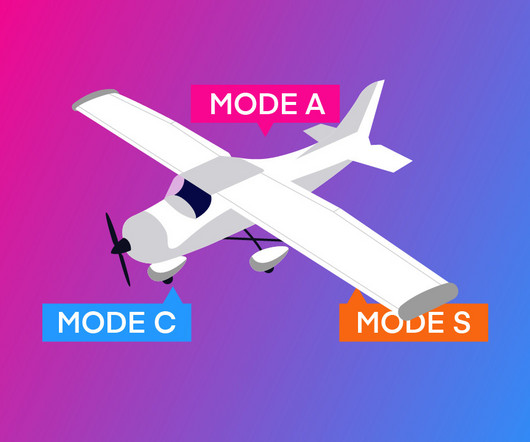
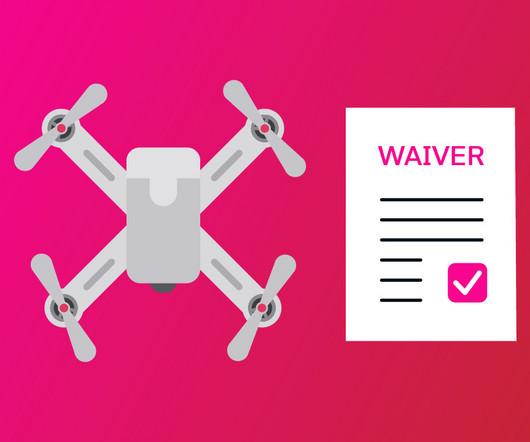
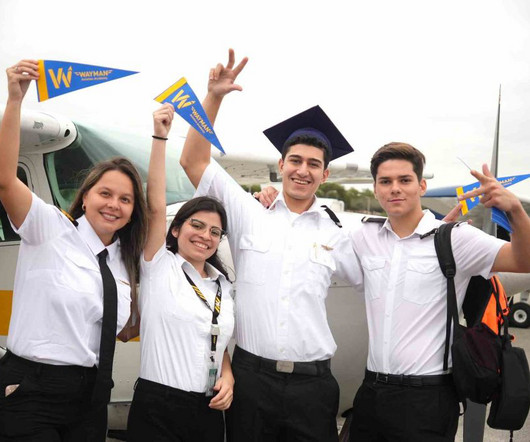

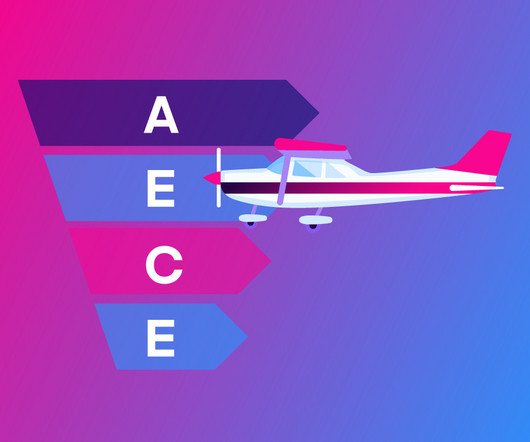
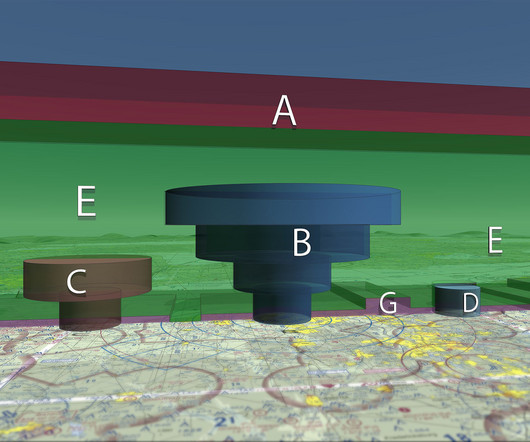
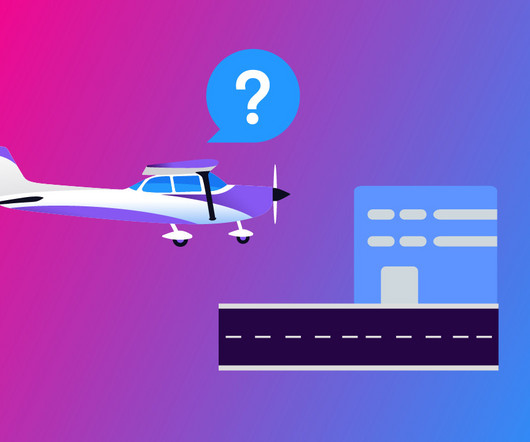
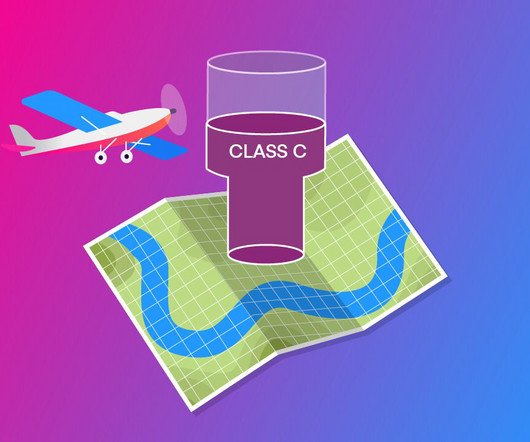
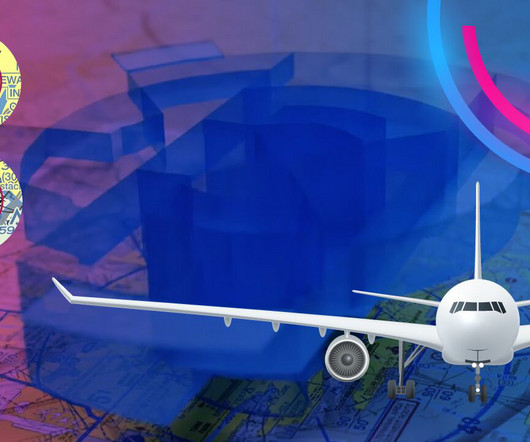
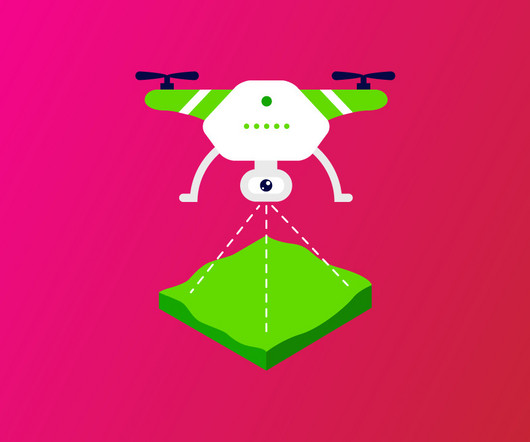






Let's personalize your content